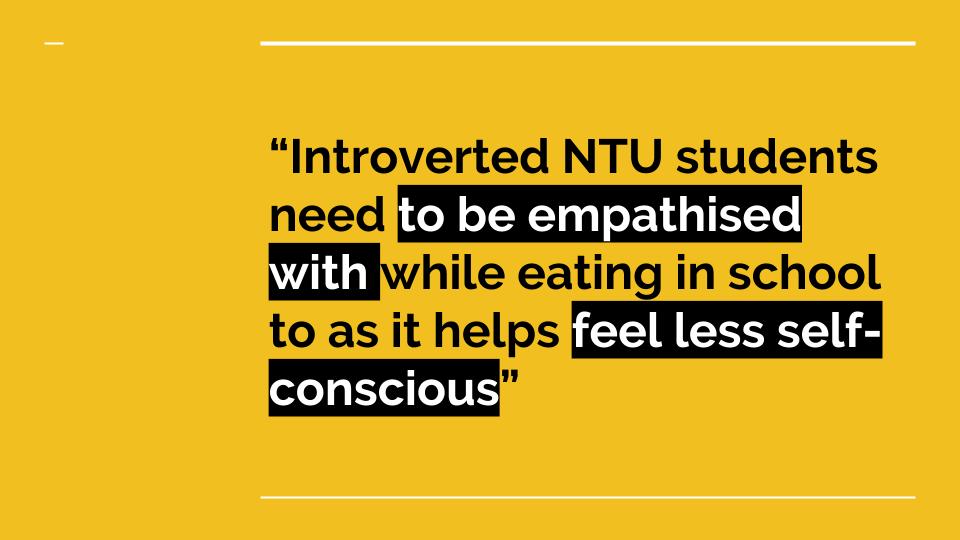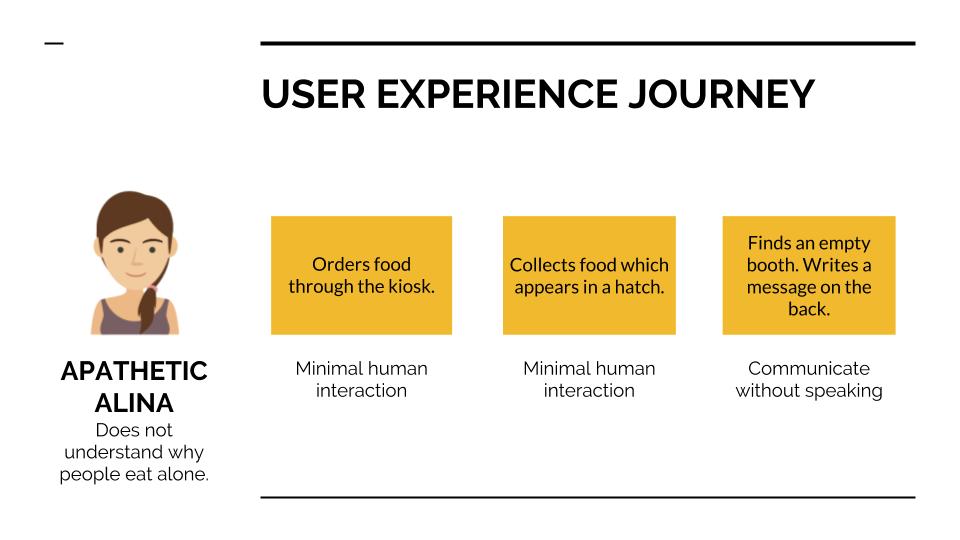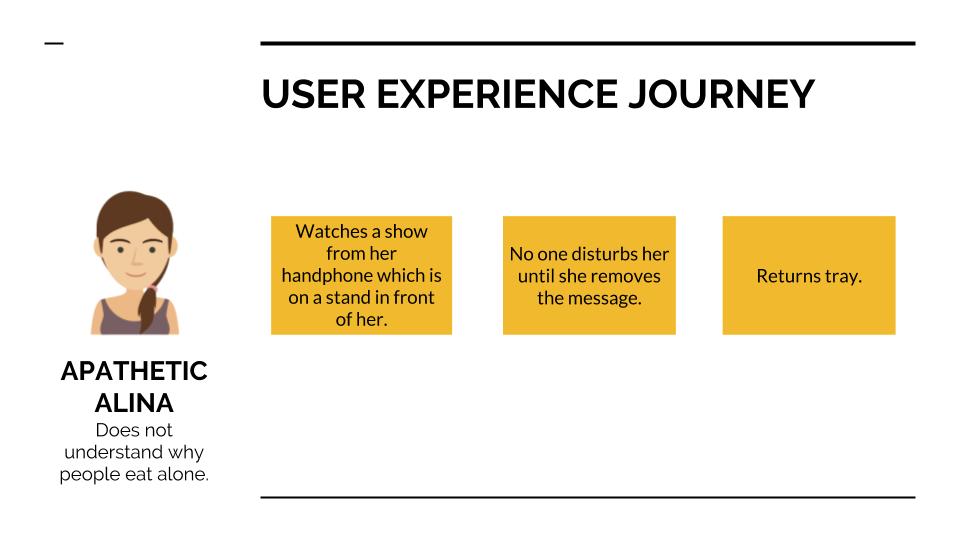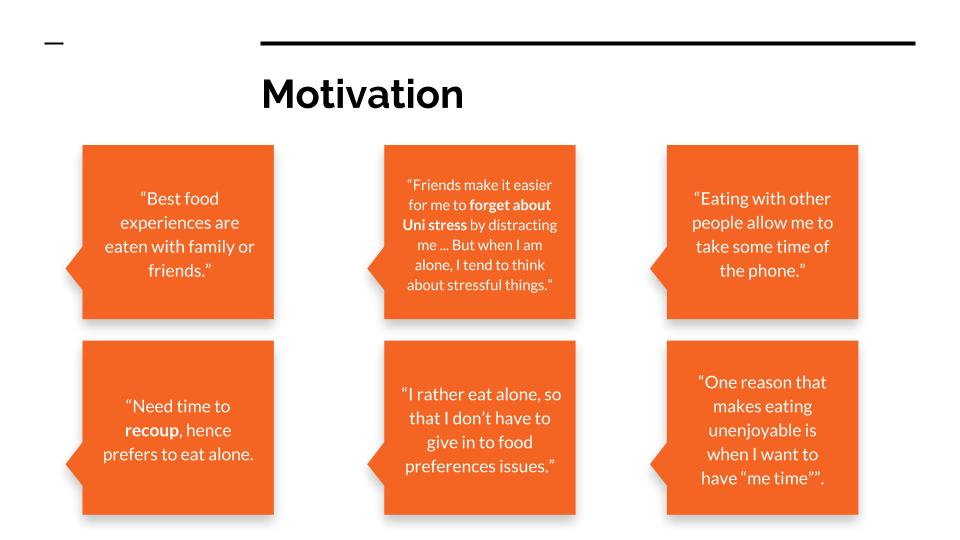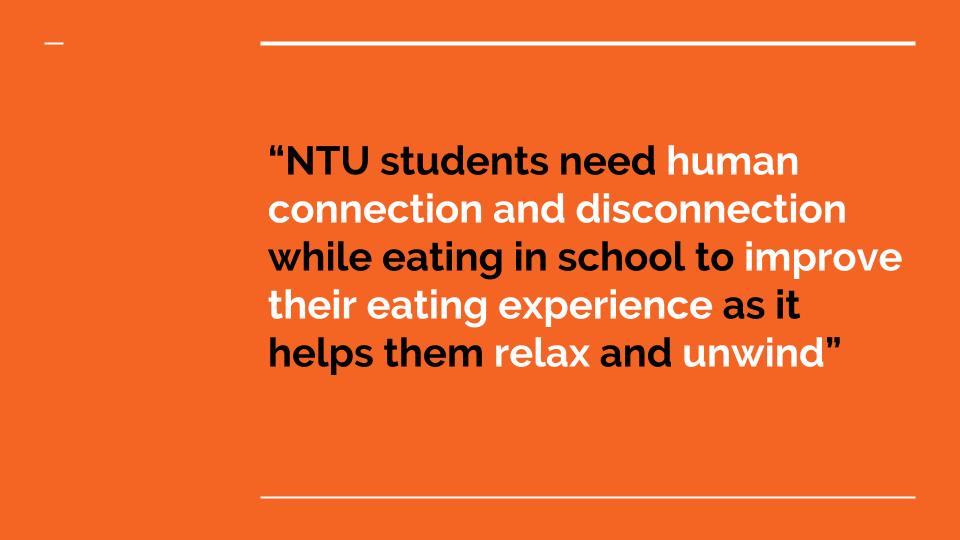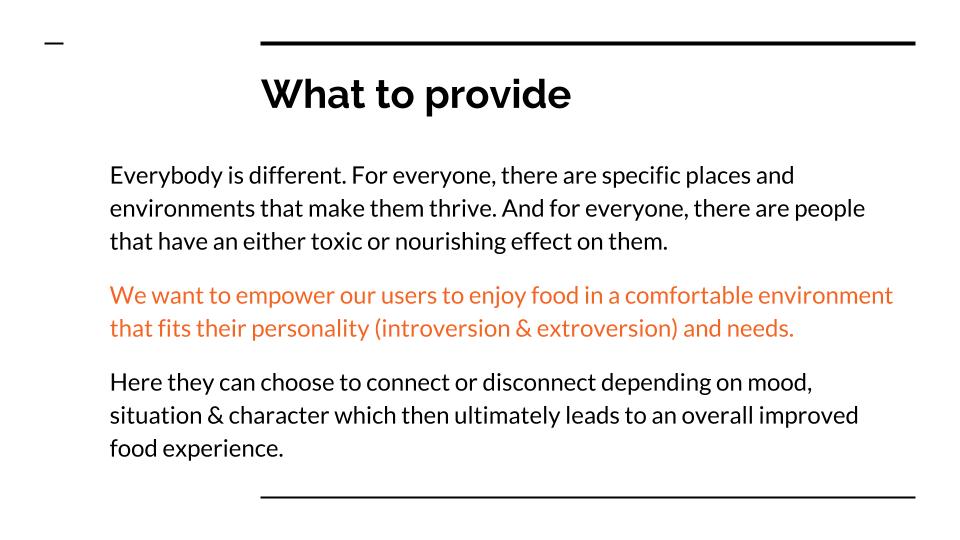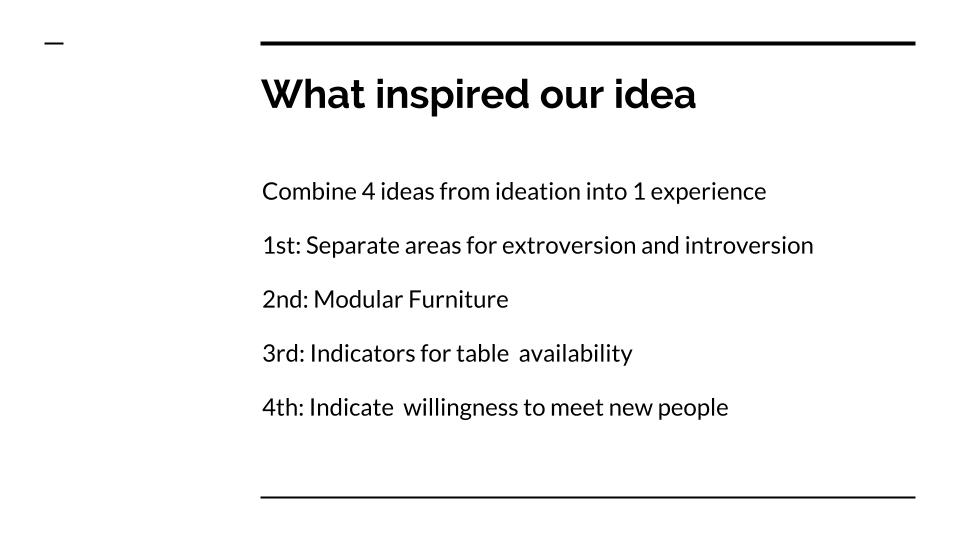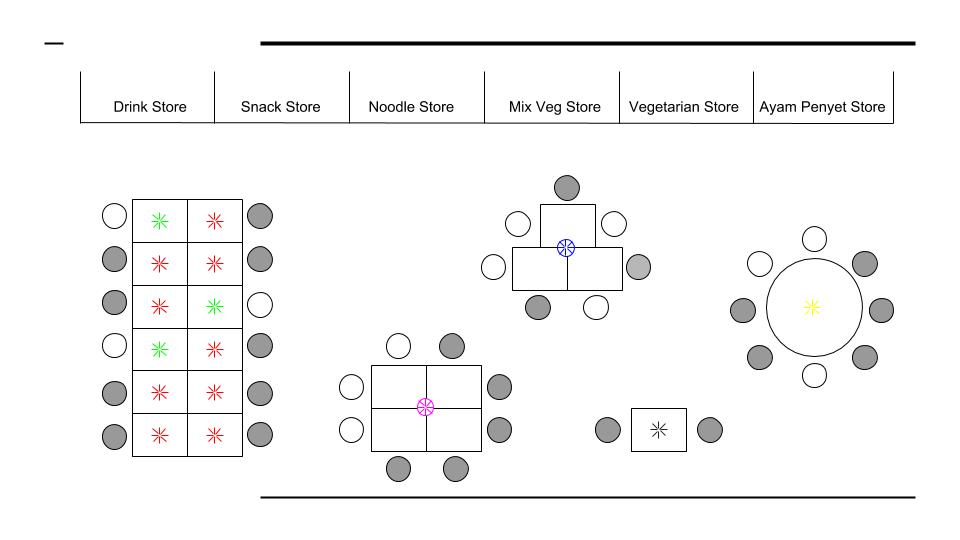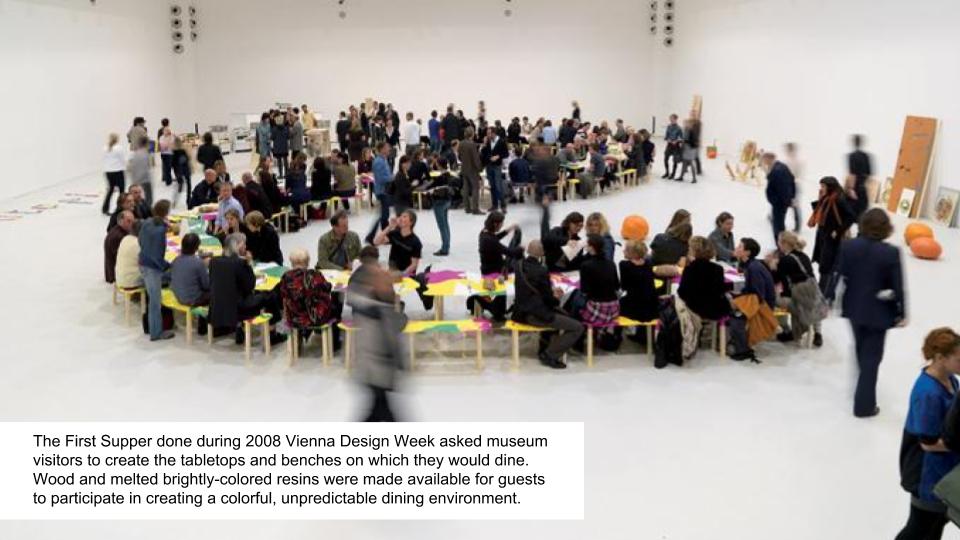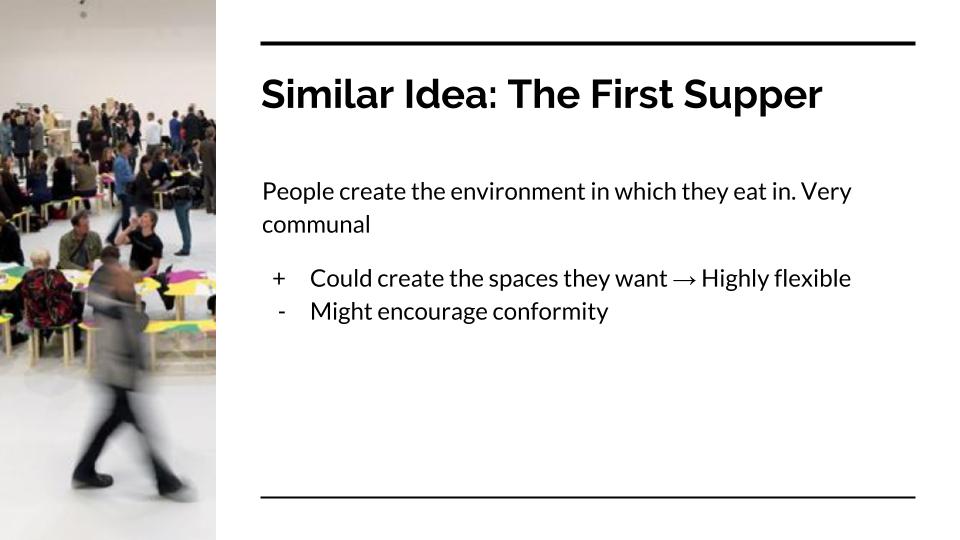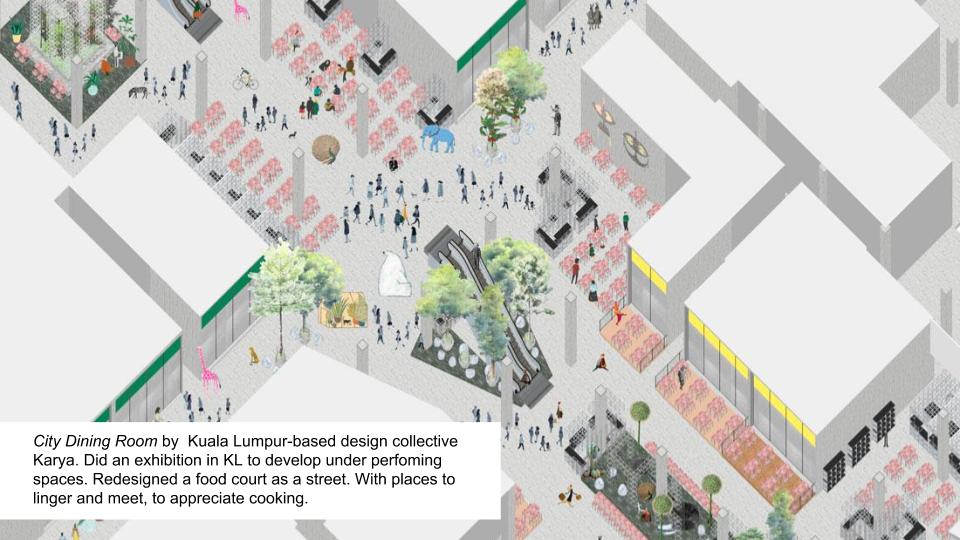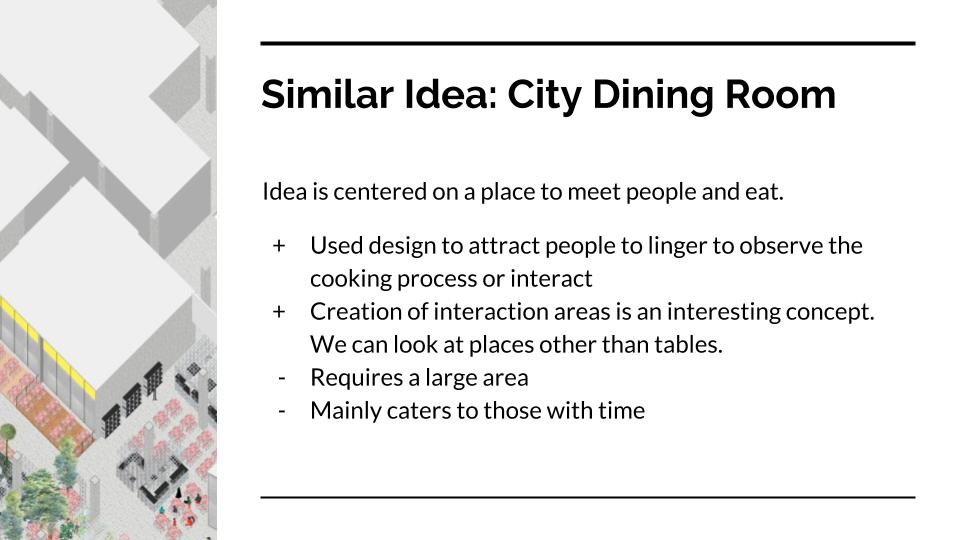In the previous post, we mentioned that we want to revamped our point-of-view. Hence this is our new point of view:
From our new point of view, we wanted to create a solo dining experience for NTU students to understand why some people prefer to eat alone and also reduce the judgement of eating alone.
So we created 2 prototypes, a poster and a space for solo dining.
Elizabeth created this poster, including the copywriting. This poster will be placed outside the space to give an introduction to extrovert student, before experience eating alone.
And the rest of us (me, Glenn, Tobi and Tuyen) created the space for solo dining. Tobi and Tuyen created the chair. I sketched out the space and worked with Glenn in creating it.

Breakdown of our process:




During our presentation session, there were a few suggestions on how can we improve the space, such as a window to allow student to look outside while eating or a open concept table in the center of the space. The class even give some existing examples of dining solo such as the ramen stall or dining in the dark and more. However what was really missing is the narrative behind our concept. That was something that our group had to really think about.
After our presentation session, we discussed on the narrative behind our concept. And here are some narrative that we thought of:
- Introvert brings an extrovert friend to come into the space → to understand and empathise why some people prefer dining alone
- A place where the introvert students are able meet and have a meal together in a quiet space
- A place of introverts to date
After much discussion, we really wanted people to understand why some people prefer eating alone and not being judged when eating solo, which really brings back to our point of view.
“Introverted NTU students need to be empathised with while eating in school to as it helps feel less self- conscious”
Then we also thought of how can we make the extrovert people really empathise on introverts, by creating a small section of the space which gives a opposite experience as compared to eating alone.

In this small section, we thought of having students to wear a headphones that contain the loud noise of canteen. There will be puppets to blocked their way, to show the crowdness of the canteen. And the visuals on the side will be a situation in the canteen during peak period.
And on the other side of this small section will a quiet and peaceful space, where the introverts prefer to be.

However, this was totally off from what from what we were expected to do. Hence, in our next post, will focus on our narrative behind our concept, refine version of our prototype and some visuals.


